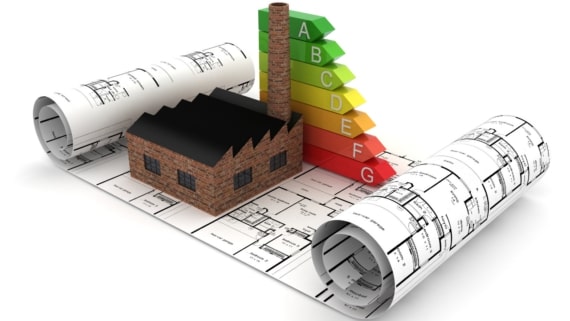How does IoT pay off in retail - real life case study
Content
The basis of every new system implementation is a comparison of the costs and benefits that the company will receive from it.
But sometimes companies don’t want to do it, because there is already a lot of work and this is an extra non-critical activity.
That’s why I have for you a real case study of a retail chain that has decided to check energy consumption in its stores. The result is in the tens of percent – no exaggeration.
How did IoT come into play?
Retail companies often deal with the same cost categories – people and consumption. These are the items that always take the biggest chunks out of the cost. But what if the consumption does not correspond to the need?
One company that operates multiple stores decided to find an answer to this question using IoT. They equipped sockets with sensors and connected them to a unified DASHPOINT dashboard. We modified it for them so that the graphs show exactly what is needed.
Correct procedure
| Item | Before Implementation |
| Store consumption (kWh) | 14 |
| Average daily consumption (kWh) | 336 |
| Annual consumption (MWh) | 122.64 |
| Price per MWh (CZK) | 5,000 |
| Annual costs (CZK) | 613,200 |
| Saving (%) | 0 |
Implementation result
After the initial mapping of the current state, it was time to go through the devices that are working in the store and determine their effect on the overall consumption. Device by device, piece by piece, they found out where there are the underlying issues and how much could really be saved. And the result?
| Item | After implementation |
| Store consumption (kWh) | 11 |
| Average daily consumption (kWh) | 264 |
| Annual consumption (MWh) | 96.36 |
| Price per MWh (CZK) | 5,000 |
| Annual costs (CZK) | 481,800 |
| Saving | 22% |
My goal was to address in this article the real savings that result from the use of IoT systems. But it is necessary to take the right steps and also choose the right solution so that the system can fulfill its function and so that your company can also experience the pleasant feeling of saving more than one fifth of consumption costs.



